I'd like to use my accelerometer in my car and with the accelerometer values, draw a trajectory in excel or any other platform with the origin in the first position value, that is the beginning of the path.
How can I achieve this? Please give me details I don't have any physics notion.
Please help, thanks in advance.
PS: I already programmed the SensorListener...
I have this for instance:
@Override
public void onSensorChanged(SensorEvent event){
if(last_values != null){
float dt = (event.timestamp - last_timestamp) * NS2S;
for(int index = 0 ; index < 3 ; ++index){
acceleration[index] = event.values[index];
velocity[index] += (acceleration[index] + last_values[index])/2 * dt;
position[index] += velocity[index] * dt;
}
vxarr.add(velocity[0]);
vyarr.add(velocity[1]);
vzarr.add(velocity[2]);
axarr.add(acceleration[0]);
ayarr.add(acceleration[1]);
azarr.add(acceleration[2]);
}
else{
last_values = new float[3];
acceleration = new float[3];
velocity = new float[3];
position = new float[3];
velocity[0] = velocity[1] = velocity[2] = 0f;
position[0] = position[1] = position[2] = 0f;
}
xarr.add(position[0]);
yarr.add(position[1]);
zarr.add(position[2]);
tvX.setText(String.valueOf(acceleration[0]));
tvY.setText(String.valueOf(acceleration[1]));
tvZ.setText(String.valueOf(acceleration[2]));
last_timestamp = event.timestamp;
}
but when I draw a circle with my phone I got this:
Sometimes I have just only negative values and sometimes I have just positive values, I never have negative AND positive values in order to have circle.
